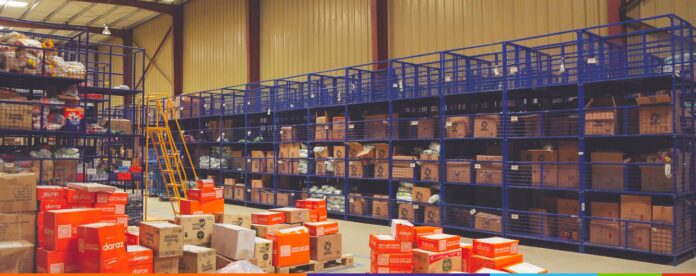In May 2018, Chinese e-commerce giant Alibaba acquired Pakistan-based leading online retailer Daraz Group for an estimated $150 to $200 million. This was an exciting time for eCommerce in Pakistan. The acquisition was not just an expression of interest in Daraz, it was an affirmation that the eCommerce space in Pakistan had real potential.
And the investment coming in from Alibaba seemed even more serious since only a few months before this acquisition, Alibaba had agreed to acquire a 45 percent stake worth around Rs20 billion in a subsidiary of Norwegian Telenor to broaden access to financial services through digital payment solutions in Pakistan. This was supposed to be ‘it’ for Pakistan and the eCommerce industry. The time for its rise had come, and with it would come development and other foreign investors.
Initially, progress seemed to be quick. In 2019, DarazMall was launched in Pakistan, with brands now having the option of listing exclusively on a place online for brands. This was supposed to be the rosy conclusion to the arrival of DarazMall in Pakistan. Think of it this way, Daraz currently lists products put up by small sellers that are selling directly to customers in a consumer-to-consumer model (B2C). Most large brands do not list on Daraz because they have their own websites or they have brick and mortar stores where people go to shop. With DarazMall, a distinction is drawn between these two categories of sellers. DarazMall would host large sellers that are considered ‘brands’ and people could simply buy directly from these brands with DarazMall as the platform where they go to look for these products. Essentially, it would be like walking through an online mall.
The concept of an online mall is one that has been tried and tested by Alibaba in other regions. Instead of small sellers, large brands with brick and mortar stores sell directly to consumers on an exclusive platform. Take the example of Alibaba’s website Taobao, which initially operated exactly like Daraz. Then, Tmall was launched. This proved a great success. Before 2008, there were only Taobao and AliExpress for C2C and B2C sales, just like Amazon operates right now. But Alibaba ordered restructuring of Taobao and spun-off a platform dedicated for brands to sell exclusively to their customers. Today, Tmall is the world’s largest platform for brands to sell online.

A little down southeast from China, Singapore-based eCommerce platform Lazada is a major player with a presence in six countries: Singapore, Vietnam, Malaysia, Indonesia, Thailand and Philippines. In 2016, it was acquired by AliBaba and in 2018, Lazada launched LazMall for big brands to sell to customers, separate from small sellers.
DarazMall is supposed to do that for Pakistan. But has it? That is the question we are dealing with. Pakistan’s once nascent eCommerce industry has taken off in the past few years, fueled both by the entry of Alibaba, more competition, and the arrival of the coronavirus pandemic which strongly armed people into shopping online. But has DarazMall seen the kind of success it was claimed it would? What does DarazMall even mean for Pakistan? What does it mean for brands and what does it mean for consumers? To understand this, it is necessary to first come to grips with how DarazMall is supposed to work and the vision behind it. Then, we must look at the problems that consumers, brands and the marketplace face in eCommerce, and how an innovative mall-like model in the case of Daraz is a potential solution for these problems – as well as what the pitfalls are.
To read the full article, subscribe and support independent business journalism in Pakistan
The content in this publication is expensive to produce. But unlike other journalistic outfits, business publications have to cover the very organizations that directly give them advertisements. Hence, this large source of revenue, which is the lifeblood of other media houses, is severely compromised on account of Profit’s no-compromise policy when it comes to our reporting. No wonder, Profit has lost multiple ad deals, worth tens of millions of rupees, due to stories that held big businesses to account.
Hence, for our work to continue unfettered, it must be supported by discerning readers who know the value of quality business journalism, not just for the economy but for the society as a whole.










Chain Surveying